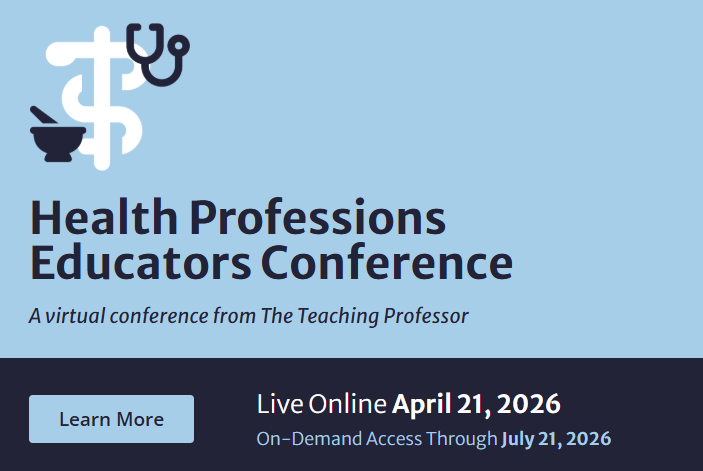
Napkin.AI for Creating Infographics from Text
We’ve long known that reading long blocks of text can lead to wandering minds and lower retention. It’s better to break up explanatory text with images, especially ones that summarize main points. This allows students to see the big picture, and the visual analog to











